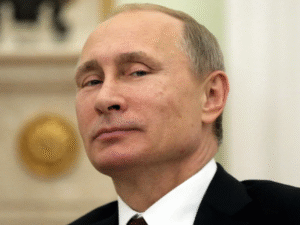$USO $OIL $XOM
#DonaldTrump #OPEC #OilPrices #GlobalOil #SaudiArabia #USPolitics #EnergyMarkets #OilCrisis #EnergyIndependence #OilSupply #GeopoliticalTensions #EconomicStrategy
No previous U.S. administration, including that of now second-term President Donald Trump, has been known for overlooking past transgressions, particularly when the offender is a critical partner. This rings especially true in the context of Saudi Arabia, a key global oil supplier and for many years the unofficial leader of the Organization of the Petroleum Exporting Countries (OPEC). The nation has been viewed with suspicion by U.S. policymakers ever since it played a pivotal role in the 1973/74 Oil Crisis, a time when the U.S. and its allies were deeply reliant on Middle Eastern oil. Trump’s presidency, marked by its approach to leverage and negotiation, has sought to reshape this dynamic, eyeing a more assertive stance towards controlling global oil prices and reducing the U.S.’s dependence on OPEC.
The root of this strategy lies in the complex interplay between global oil supplies, pricing strategies, and geopolitical power. By exerting pressure on Saudi Arabia and, by extension, OPEC, the Trump administration aims to influence global oil prices—a move that not only serves economic interests but also political objectives. This approach echoes the broader U.S. agenda to attain energy independence, thereby minimizing the geopolitical leverage that oil-rich nations hold over the country’s economy and foreign policy. The Trump administration’s tactics have seen a mix of hardball negotiation strategies, including the threat of tariffs, potential legal action against OPEC members for collusion and price fixing, and the encouragement of domestic energy production.
Moreover, these efforts are not merely unilateral; they also involve intricate diplomacy with other major oil-consuming countries and oil producers outside of OPEC. The goal is to create a counterbalance to OPEC’s dominance in the global oil market. By leveraging the United States’ position as one of the world’s leading oil producers following the shale oil boom, the administration seeks to negotiate from a position of strength. This multifaceted strategy reflects an understanding that global oil markets are influenced by a wide array of factors beyond direct supply and demand, including political stability, regulatory environments, and technological advancements in energy extraction and production.
In essence, Trump’s hardball strategy to control global oil prices signifies a bold attempt to recalibrate the longstanding power dynamics within the international oil industry. It underscores the administration’s broader geopolitical and economic objectives, straddling the complex interplay between ensuring energy security, sustaining economic growth, and asserting the United States’ influence on the global stage. As these efforts unfold, the implications for global oil markets, international relations, and domestic energy policies remain a focal point of discussion among policymakers, industry stakeholders, and analysts alike. The success of this strategy will not only shape the future of U.S.-Saudi relations but also define the contours of global energy markets for years to come.







Comments are closed.